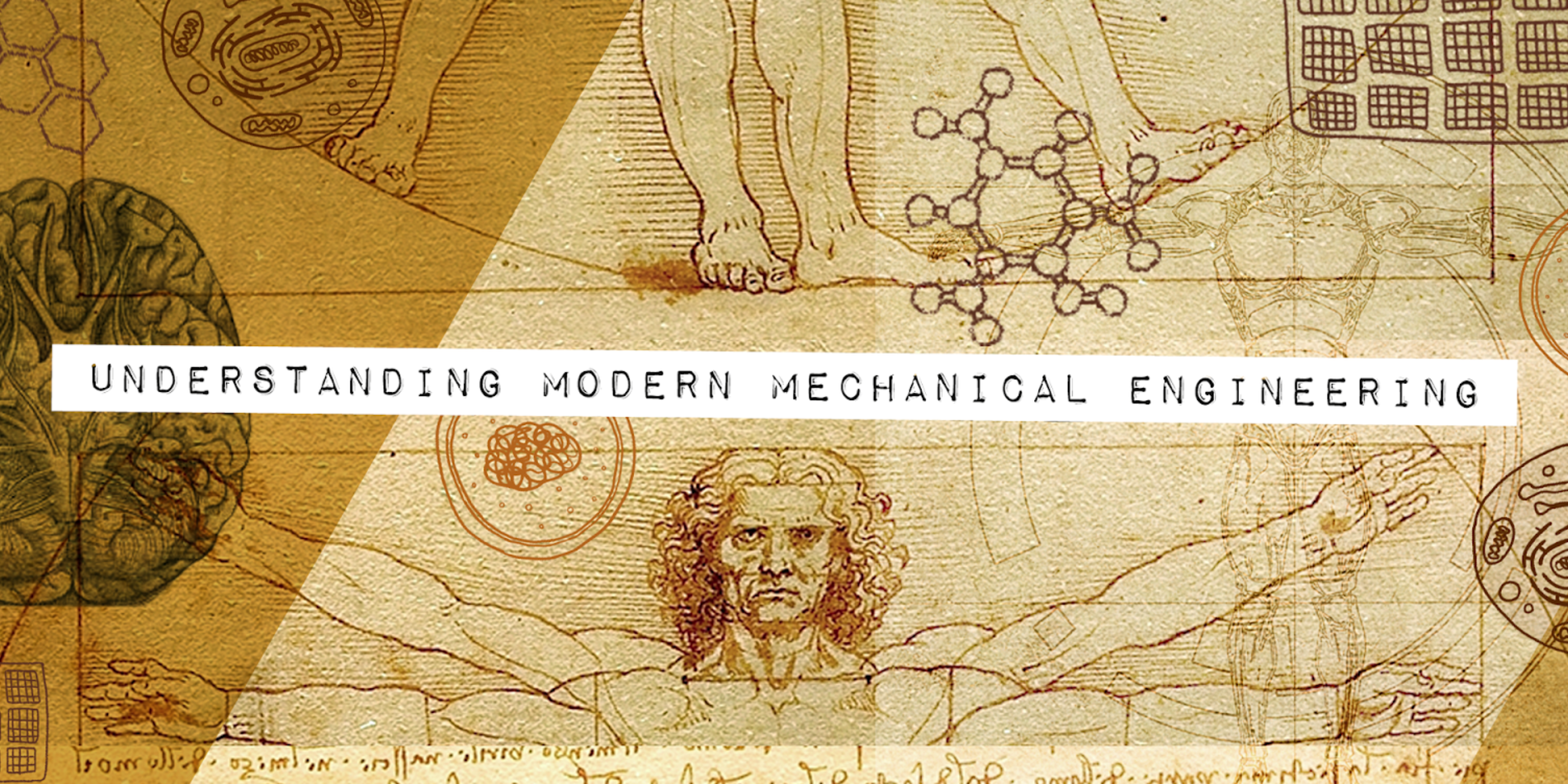Mechanical engineers seek to master the forces that drive our world
Mechanical engineering traces its roots to the math and physics of Newton, the sketches of da Vinci, the power of the steam engine and the exuberance of the Wright brothers’ epic flight.
Far from resting on its laurels, however, this discipline has evolved to solve modern problems in health, energy and transportation. But perceptions have not necessarily kept pace with reality.
“There is a traditional view that ME is about cars, robots and thermodynamic cycles, and this is true up to a point, but we’re so much more than that,” says Ken Goodson, chair of mechanical engineering at Stanford.
Far from basking in past glories, today’s mechanical engineers tell stories across a huge span of length scales, as big and as small as they can imagine.
“When you look under the hood,” Goodson says, “you see all this macro, micro and nano work that’s being integrated throughout what we do.”
Some mechanical engineers design the blades of massive turbine engines for jets, film the beating wings of birds in flight or study blood flows through the heart. Others track interactions between cells, tinker with the atomic structures of batteries or, as Goodson’s own research lab exemplifies, invent nanoscale cooling strategies to keep the ever-shrinking transistor from overheating.
“We’ve got people simulating huge solar collectors tens-of-meters high while also studying the nanoscale interactions of light and particles to produce clean and renewable energy,” Goodson says.
“We still do the big stuff we are famous for, but if you go into some of our labs you’ll see people using electron microscopes, or doing small-scale things that you might have imagined in a medical school or in a cutting-edge bio, chemistry or physics lab.”
The spine of mechanical engineering is a deep understanding of the forces that govern the behavior of components and systems, forces with magnitudes that scale up or down relative to size. Insights into mechanics and materials, dynamics and controls, design and manufacturing, all apply to systems large and small alike. Studies of fluids and heat, also known as the thermal sciences, are as relevant today at the nanoscale as at they are the macroscale. For example, says Goodson, “one of our lab buildings houses research on the latest engines for cars, with extensive safety measures given that they are burning fuels in there, and just overhead on the second floor we have several faculty studying forces at the atomic scale.” As technology reaches for the infinite and gropes for the infinitesimal, mechanical engineering has stretched.
Even in the human body, extreme notions of big and small apply. On the big scale, there are those looking at whole organs — unraveling, for instance, the processes of how the human brain folds itself. There are researchers creating next-generation surgical robots and prosthetic limbs that approach the functionality of the real thing. On the small biological scale, mechanical engineers are researching the complex flow and separation of fluids at the microscale to help detect disease-causing bacteria or terrorist biothreats.
It’s also noteworthy that mechanical engineering, a very mature field, gave birth to a perennial student favorite, design thinking. “Stanford is one of the leading lights in the design community, not only at the d.school but through the product design program in our department and design research at the doctoral level by several faculty,” Goodson says. Likewise, the department is a natural home to research in robotics. “To the technology newcomer and old hand alike, robots look, smell and taste like mechanical engineering, and they justifiably get lots of attention here in our department,” he said.
But it is the lesser-known aspects of the field that Goodson hopes to spotlight. The motivation, he says, is always beyond mere discovery. It rests in the human impact of better understood, better designed and better built mechanical things — both big and small — that make the world better, safer and more livable.




